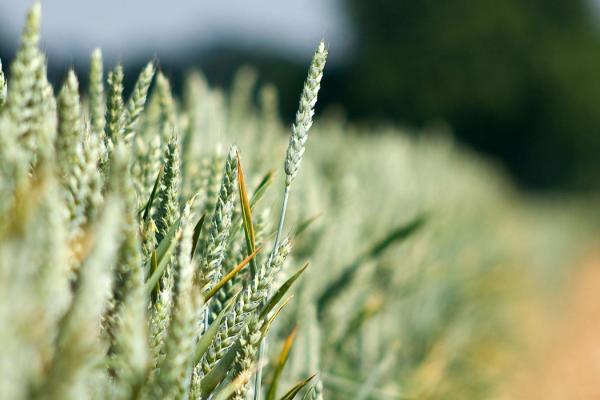Food security remains a major challenge in the modern world. The production of high-quality crops is essential to achieve that goal.
In this article, entrepreneur Nicholas Thomas Del Franco, who is experienced in high-value superior crop production, will explore how high-value superior crops (HVSC) can improve crop production.
Value-added HVSC grown under Integrated Pest Management programs have proven their worth as one of the most effective practices for improving farm profitability, increasing yield, and reducing risk, while also boosting rural economic development in many regions across the country. So, let’s take a look.

Integrated Pest Management for Improved Crop Production
For many years, Nicholas Thomas Del Franco has invested in plan growth nutrient products, resulting in organic fertilizers which maximize vegetative, flower, and bud formations for high-value superior crop production. He specifies that the high value of HVSC has created significant interest in Integrated Pest Management (IPM) practices. IPM is a unified approach to pest management that seeks to identify, evaluate, and control pests that impact crop yields and quality.
The objective of IPM is to prevent damage to crops, minimize losses, and minimize the need for costly chemical pesticides/herbicides. IPM provides a framework for farmers to integrate pest management into their current agricultural practices.
Key components of an IPM program include:
– Access to Information
– Planning and implementation of IPM activities is greatly improved when farmers have access to information about the pest status of their crops and the appropriate management strategies.
Advantages of HVSC Cultivation
Based on his experience in high-value superior crops cultivation, Nicholas Thomas Del Franco (follow him on Twitter) shares its advantages:
– Increased Net Returns: HVSC cultivation can increase net returns by up to 15% compared to non-value added crops.
– More Profit from Less Investment: The capital required to cultivate an HVSC is less than non-value added crops.
– Reduced Intensification: Cultivating HVSCs uses less land per unit of output than non-value added crops.
– Predictability of Income: The price of a crop like corn is very predictable and farmers can plan their year according to planting dates. Therefore, cultivating HVSCs can help farmers predict their income with more certainty.
Key challenges in effective IPC practices
Over the course of years, Del Franco dedicated to high-value superior crops production, he has faced some challenges regarding Integrated Pest Management (IPM) practices. He shares some of the key challenges here:
– An Existing Asset: Favorable climate and soil conditions can lead to favorable yields from HVSCs, but same conditions can cause a significant decrease in yields from non-value added crops. Therefore, farmers need to be cautious about the timing and when to plant the HVSCs.
– Interference: Cultivating HVSCs can produce abundant crops that are pest-rich. This can cause difficulties for farmers who cultivate non-value added crops.
– Risk of Loss: Due to the unpredictable nature of HVSCs, a portion of them can be pest-ridden and worthless. Therefore, a farmer cultivating HVSCs can experience a significant loss.
Final Thoughts
The cost of producing protein-rich and nutritious crops like corn and soybeans is low and predictable. However, the growing demand for protein-rich and nutritious foods has caused an increase in the price of these crops. This has led to an increase in the demand for vegetables and fruit, which are not as nutritious and profitable. There is a growing demand for more nutritious and high-quality vegetables and fruits. These crops are called high-value superior crops (HVSCs). High-value superior crops can be used to produce a full range of nutritious and high-quality products. High-value superior crops have a higher profit margin and have less risk of loss. HVSCs can be cultivated to produce a high-profit margin while improving crop production.